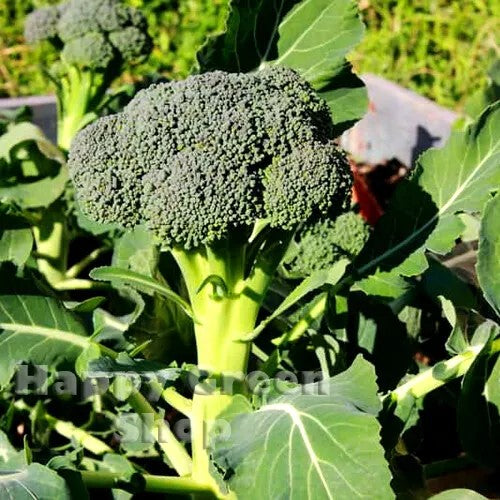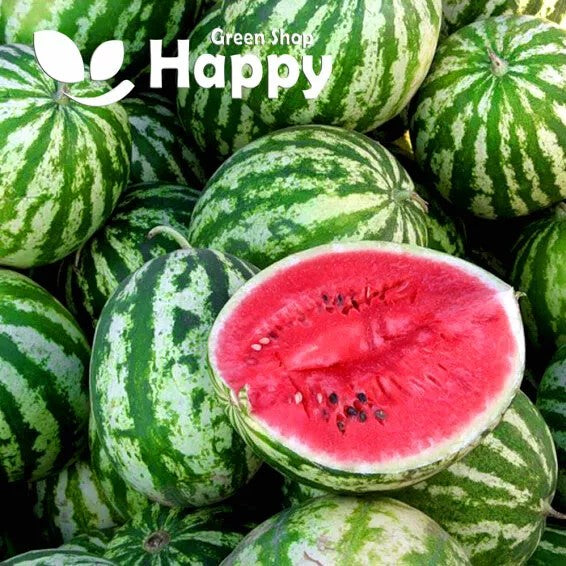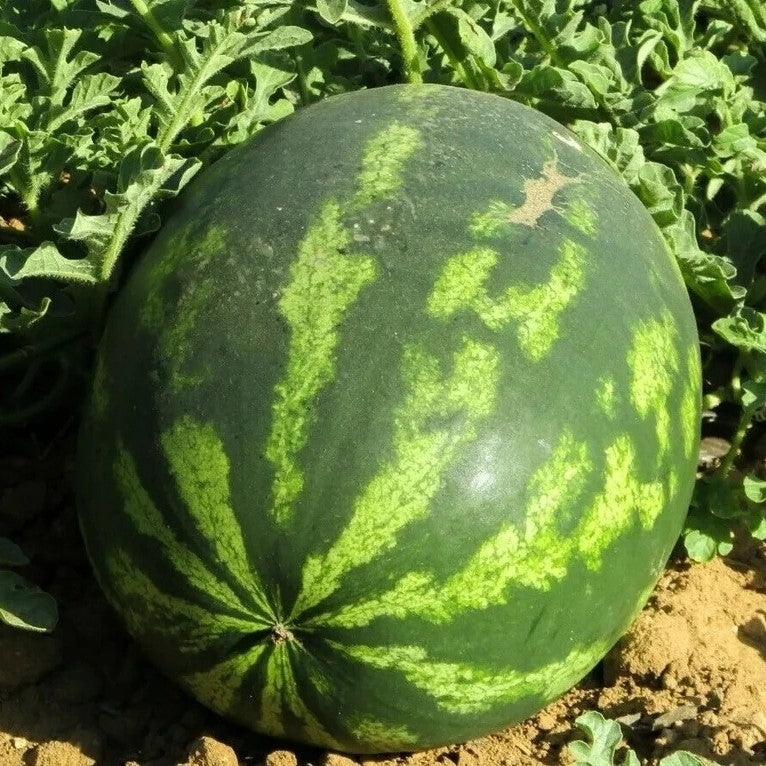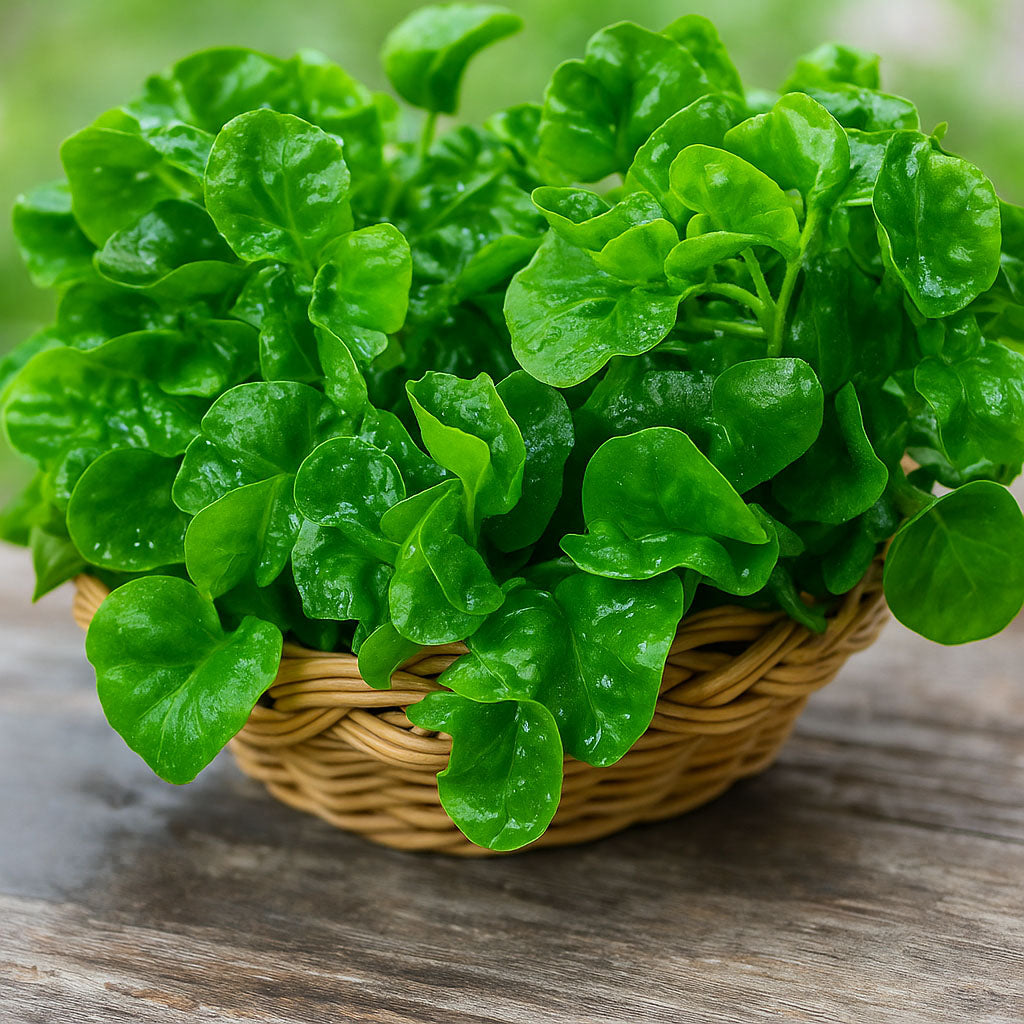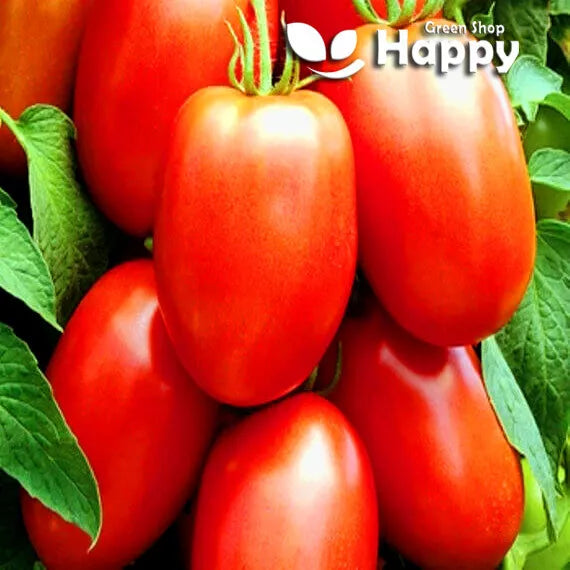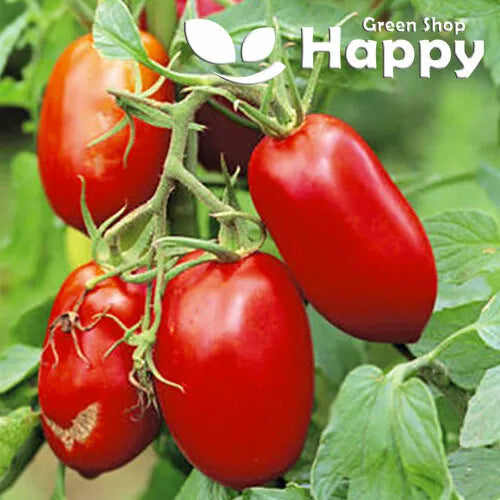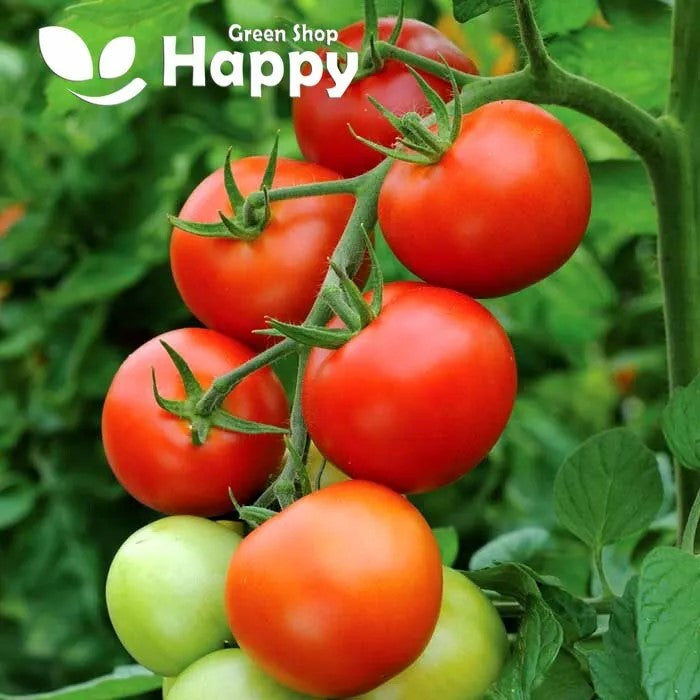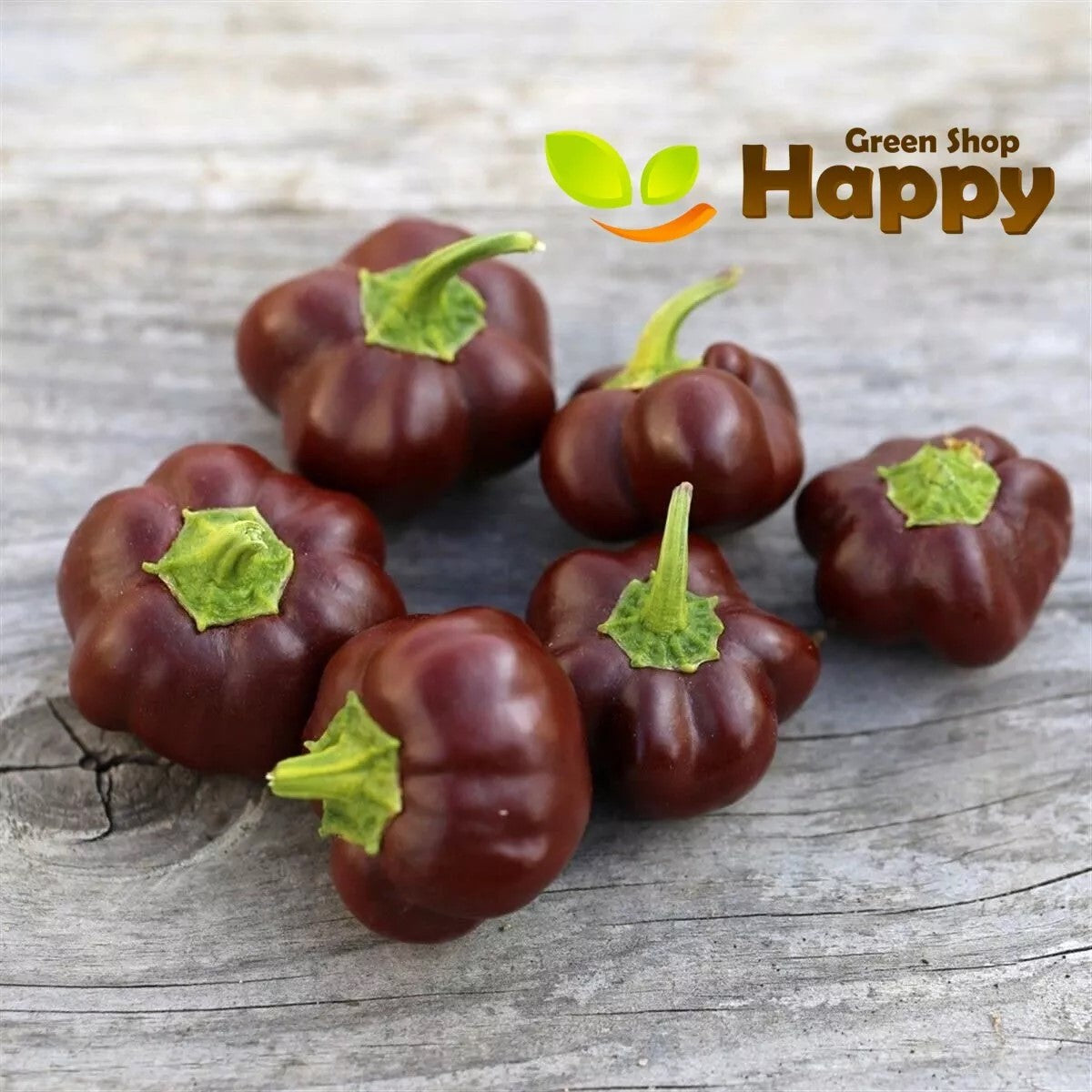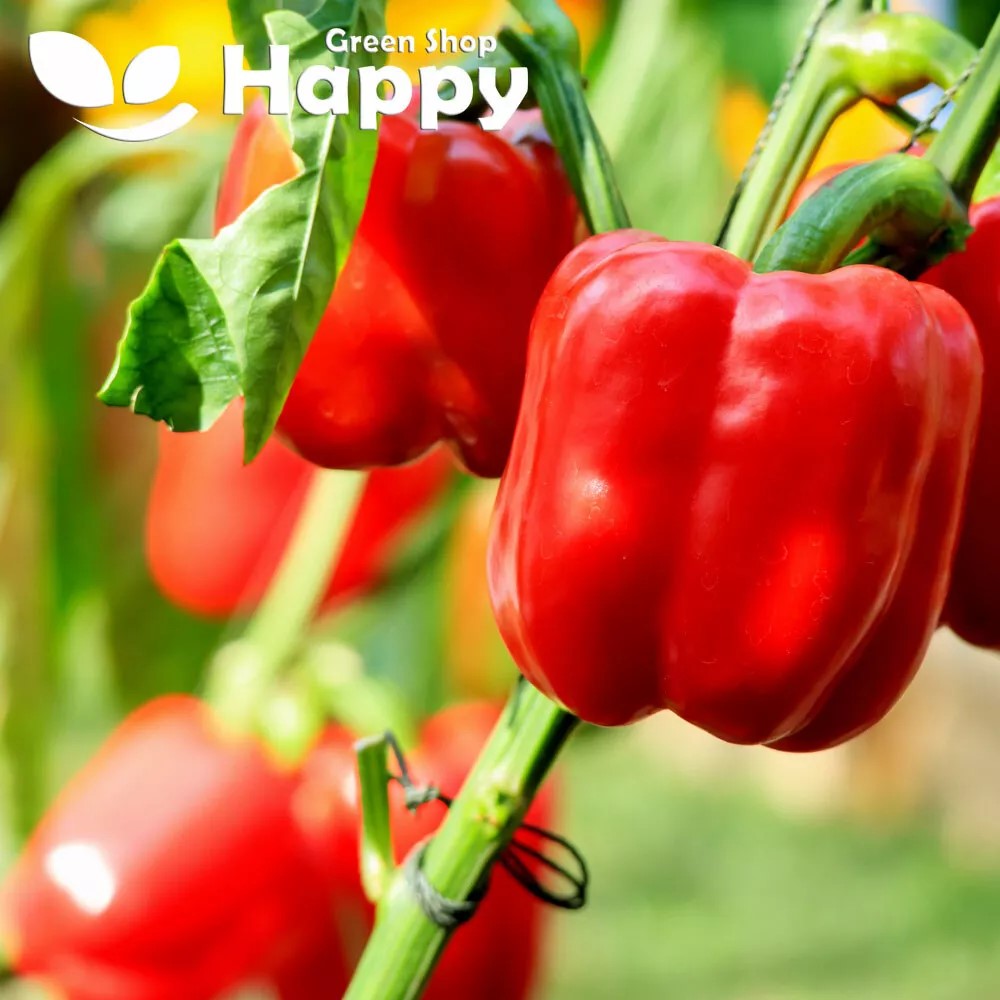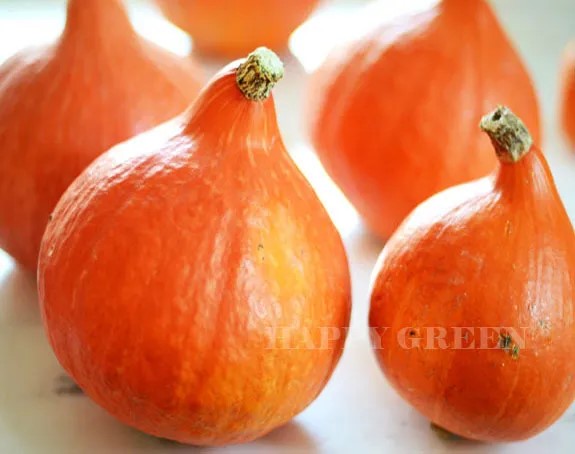Sort by:
179 products
179 products
Winter Broccoli 'Ramoso Calabrese' Seeds (Brassica oleracea)
Enjoy fresh, homegrown broccoli even in the cooler months with Winter Broccoli 'Ramoso Calabrese'. This traditional Italian variety is prized for its tender green shoots and rich, nutty flavor. Perfect for winter cropping, it produces multiple side shoots after the main head is cut, extending your harvest well into the season. A reliable and tasty addition to any winter vegetable garden.
How to Grow
-
Sow indoors from March to May or outdoors from April to June.
-
Transplant seedlings when large enough, spacing 45–60 cm apart.
-
Prefers fertile, well-drained soil in full sun.
-
Keep plants well-watered during dry spells.
-
Harvest main head first, then enjoy repeat harvests from side shoots.
Key Features
-
Traditional Italian winter broccoli variety
-
Produces tender, nutty-flavored green heads
-
Multiple side shoots for extended cropping
-
Hardy and reliable in cooler conditions
-
Great for steaming, roasting, or stir-fries
Ideal For
-
Winter and early spring vegetable gardens
-
Gardeners who want extended harvests
-
Nutritious, homegrown cooking
-
Allotments and kitchen gardens
Sowing
-
Best time: March to June
-
Depth: 1 cm
-
Spacing: 45–60 cm between plants
-
Position: Full sun, fertile soil
-
Harvest: November to March
Quick Tip
-
Cut the central head early to encourage plenty of side shoots for a longer, more abundant harvest.
Watermelon 'Crimson Sweet' – Seeds (Citrullus lanatus)
Enjoy juicy, refreshing fruits with Watermelon 'Crimson Sweet', a classic variety renowned for its bright red flesh, crisp texture, and sweet flavor. Ideal for summer picnics, fresh desserts, and fruit salads, these watermelons are easy to grow in home gardens or allotments and produce medium to large, striped green fruits with excellent shelf life.
How to Grow
. Sow indoors: March – May, 1–2 cm deep in pots or seed trays
. Transplant outdoors: After last frost, spacing 90–120 cm apart in warm, sunny soil
. Sow outdoors: May – June in fertile, well-drained, and well-mulched soil
. Requires full sun and consistent watering
. Harvest: When the fruit sounds hollow when tapped and the tendril near the stem dries
Key Features
. Classic striped watermelon with bright red, sweet flesh
. Crisp, juicy texture perfect for fresh eating
. Medium to large fruits with excellent flavor
. High-yielding summer crop
. Suitable for home gardens, allotments, and warm climates
Ideal For
. Fresh summer desserts, salads, and beverages
. Home gardeners seeking sweet, juicy watermelons
. Warm, sunny garden beds or allotments
. Picnics, parties, and family gatherings
Sowing & Harvest
. Sow: March – June
. Harvest: July – September
Quick Tip
Ensure fruits receive full sun and consistent moisture for maximum sweetness; mulch around plants to retain soil moisture.
Watercress – Seeds (Nasturtium officinale)
Watercress is a fast-growing, nutrient-packed leafy green with a peppery, fresh flavor. Perfect for salads, sandwiches, soups, and garnishes, it thrives in moist soil or near water and adds a vibrant, tangy taste to your dishes. Easy to grow, it’s an ideal addition to kitchen gardens, herb beds, or containers.
How to Grow
-
Sow seeds in shallow trays or directly in moist soil from March to July.
-
Keep seeds lightly covered and consistently damp.
-
Prefers partial shade and consistently moist or wet conditions.
-
Transplant or thin seedlings to allow 10–15 cm spacing.
-
Harvest leaves when young for the best flavor.
Key Features
-
Fast-growing, nutrient-rich leafy green
-
Fresh, peppery flavor perfect for salads and garnishes
-
Thrives in moist soil or water-adjacent beds
-
Ideal for continuous cut-and-come-again harvesting
-
Easy to grow in containers, garden beds, or water troughs
Ideal For
-
Fresh salads, sandwiches, soups, and garnishes
-
Kitchen gardens, herb beds, and small spaces
-
Health-conscious and culinary gardeners
Sowing & Harvest
-
Sow: March to July
-
Depth: Lightly covered
-
Spacing: 10–15 cm
-
Harvest: April to October
Quick Tip
-
Keep soil or growing medium consistently wet to maintain crisp, flavorful leaves.
Tomato Trailing 'Gardenperle' Seeds (Solanum lycopersicum)
Add a cascade of flavor and color to your garden with Tomato 'Gardenperle', a trailing cherry tomato variety perfect for hanging baskets, pots, and containers. Producing abundant clusters of small, sweet, red fruits all season long, this compact plant is a delight for fresh snacking, salads, and garnishes. Easy to grow and highly ornamental, it’s an excellent choice for small spaces and patio gardens.
How to Grow
-
Sow indoors 6–8 weeks before the last frost.
-
Transplant outdoors or into large containers after frost has passed.
-
Plant in full sun with fertile, well-drained soil.
-
Sow 0.5 cm deep and space plants 30–40 cm apart.
-
Provide regular watering and feed for maximum yield.
Key Features
-
Trailing cherry tomato variety
-
Sweet, bite-sized red fruits
-
Perfect for hanging baskets and pots
-
Compact and ornamental growth habit
-
Heavy cropping throughout summer
Ideal For
-
Patio and balcony gardens
-
Hanging baskets and window boxes
-
Fresh snacking and salads
-
Gardeners with limited space
Sowing
-
Best time: Indoors in early spring
-
Depth: 0.5 cm
-
Spacing: 30–40 cm apart
-
Prefers sunny, sheltered spots with fertile soil
Quick Tip
-
Pinch out side shoots sparingly; allow natural trailing for maximum cascading effect.
Tomato 'Roma VF' Seeds (Solanum lycopersicum)
Grow one of the most reliable plum tomatoes with Tomato 'Roma VF' (Solanum lycopersicum). This classic variety produces heavy crops of elongated, firm-fleshed fruits with few seeds and rich flavor, making it ideal for sauces, pastes, and cooking. Vigorous and disease-resistant (Verticillium and Fusarium wilt), 'Roma VF' is a dependable choice for gardeners who want both yield and quality.
How to Grow
-
Sow seeds indoors 6–8 weeks before the last frost.
-
Use fertile, well-drained soil in full sun.
-
Sow 0.5 cm deep and keep soil moist at 20–25°C until germination (7–14 days).
-
Transplant outdoors or into greenhouses after frost, spacing 45–60 cm apart.
-
Support plants with stakes or cages for best results.
Key Features
-
Classic plum tomato variety
-
Produces firm, meaty fruits with few seeds
-
Perfect for sauces, pastes, and cooking
-
Resistant to Verticillium and Fusarium wilt
-
High yields and dependable growth
Ideal For
-
Homemade sauces and pastes
-
Cooking, roasting, and preserving
-
Outdoor beds, greenhouses, and containers
-
Gardeners seeking a disease-resistant tomato
Sowing
-
Best time: Indoors 6–8 weeks before last frost
-
Depth: 0.5 cm
-
Spacing: 45–60 cm apart
-
Prefers full sun and fertile, well-drained soil
Quick Tip
-
For maximum flavor, allow fruits to fully ripen on the vine before harvesting.
Tomato 'Moneymaker' – Seeds (Solanum lycopersicum)
The classic Tomato 'Moneymaker' is one of the most popular and reliable heirloom tomato varieties. Renowned for its heavy yields of medium-sized, bright red fruits, it produces smooth, round tomatoes with excellent flavor. Perfect for salads, sandwiches, and everyday cooking, ‘Moneymaker’ is an indeterminate (cordon) variety, meaning it will continue to grow and produce fruit all summer with proper support.
How to Grow
-
Sow indoors: February – April in seed trays or pots.
-
Transplant: Once seedlings are strong, plant out into greenhouse, polytunnel, or a sunny, sheltered outdoor spot after last frost.
-
Spacing: 45–60 cm apart with support canes or trellis.
-
Pinch out side shoots to encourage strong vertical growth and abundant fruiting.
Key Features
-
Classic heirloom tomato variety
-
Heavy cropper with reliable yields
-
Medium-sized, smooth, red fruits
-
Excellent flavor – great for salads & cooking
-
Indeterminate (cordon) – needs staking or training
Ideal For
-
Greenhouse or outdoor growing
-
Fresh eating, cooking, and preserving
-
Gardeners who want a reliable, time-tested tomato
Sowing & Harvest
-
Sow: February – April
-
Harvest: July – October
Quick Tip
For the best flavor, allow tomatoes to ripen fully on the vine before picking. Regular feeding with a tomato fertilizer will boost yields.
Sweet Pepper 'Mini Bell' Chocolate – Seeds (Capsicum annuum)
The Sweet Pepper 'Mini Bell' Chocolate is a compact, ornamental, and edible variety producing small, bell-shaped fruits that mature from green to a rich, chocolate brown. Crisp, sweet, and juicy, these peppers are perfect for snacking, salads, roasting, or garnishing dishes. Ideal for containers, patios, or small garden spaces, they combine vibrant color with delicious flavor.
How to Grow
-
Sow seeds indoors from February to April, 0.5 cm deep.
-
Keep at 20–25°C until germination.
-
Transplant seedlings outdoors or into containers after the last frost.
-
Space plants 30–40 cm apart in fertile, well-drained soil with full sun.
-
Provide support if needed and maintain consistent moisture.
Key Features
-
Compact plant producing small, bell-shaped chocolate-brown peppers
-
Crisp, sweet, and juicy flavor
-
Ideal for containers, patios, and small gardens
-
High ornamental value with edible fruits
-
Perfect for fresh eating, roasting, and garnishing
Ideal For
-
Snacking, salads, and cooking
-
Decorative kitchen gardens and container cultivation
-
Gardeners seeking colorful, compact, and productive pepper varieties
Sowing & Harvest
-
Sow: February to April
-
Plant out: May to June
-
Harvest: July to September
Quick Tip
-
Pick peppers when fully colored for the sweetest flavor and best visual appeal.
Sweet Pepper 'Granova' Seeds (Capsicum annuum)
Grow crisp, sweet peppers with Sweet Pepper 'Granova' (Capsicum annuum). This productive variety develops large, blocky fruits that ripen from green to a rich, glossy red. With thick walls and a mild, sweet taste, they’re perfect for fresh salads, stuffing, roasting, grilling, and adding color to summer dishes.
How to Grow
-
Sow seeds indoors 8–10 weeks before the last frost.
-
Use fertile, well-drained soil in a warm, sunny spot.
-
Sow seeds 0.5–1 cm deep and keep soil moist until germination (10–14 days).
-
Transplant outdoors or into containers after frost, spacing 40–50 cm apart.
-
Harvest when peppers are fully colored for the best flavor.
Key Features
-
Produces large, blocky sweet peppers
-
Thick walls with a crisp, juicy texture
-
Sweet flavor, perfect for fresh or cooked dishes
-
Productive and reliable garden variety
-
Suitable for gardens, greenhouses, or containers
Ideal For
-
Fresh salads, grilling, and stuffing
-
Roasting and adding to sauces
-
Greenhouse and container growing
-
Gardeners who want high yields of sweet peppers
Sowing
-
Best time: Indoors 8–10 weeks before last frost
-
Depth: 0.5–1 cm
-
Spacing: 40–50 cm apart
-
Prefers full sun and fertile, well-drained soil
Quick Tip
-
Pick the first few peppers while still green to encourage heavier fruiting later in the season.
Squash 'Uchiki Kuri' Seeds (Cucurbita maxima)
Discover the gourmet favorite Squash 'Uchiki Kuri', also known as the Red Kuri or Onion Squash. This reliable Japanese variety produces small, tear-drop shaped fruits with vibrant orange skin and rich, nutty-sweet golden flesh. Perfect for roasting, soups, curries, and baking, it’s a versatile squash that stores well for winter use.
How to Grow
-
Sow indoors in late spring or directly outdoors after frost.
-
Prefers fertile, well-drained soil in full sun.
-
Sow 2–3 seeds 2 cm deep in small pots or stations.
-
Transplant or thin to one strong plant per station, 90–120 cm apart.
-
Water regularly and feed for strong growth.
Key Features
-
Traditional Japanese squash with bright orange fruits
-
Nutty, sweet flavor with smooth golden flesh
-
Compact, manageable fruits (1–2 kg each)
-
Stores well for winter use
-
High-yielding and easy to grow
Ideal For
-
Roasting, soups, curries, and baking
-
Winter storage and long-lasting kitchen use
-
Home gardeners seeking gourmet squash varieties
-
Allotments, vegetable beds, or spacious gardens
Sowing
-
Best time: April to June
-
Depth: 2 cm
-
Spacing: 90–120 cm between plants
-
Position: Full sun, fertile soil
-
Harvest: September to October
Quick Tip
-
Cure fruits in the sun after harvest for longer storage life and enhanced sweetness.
Showing 18/179

